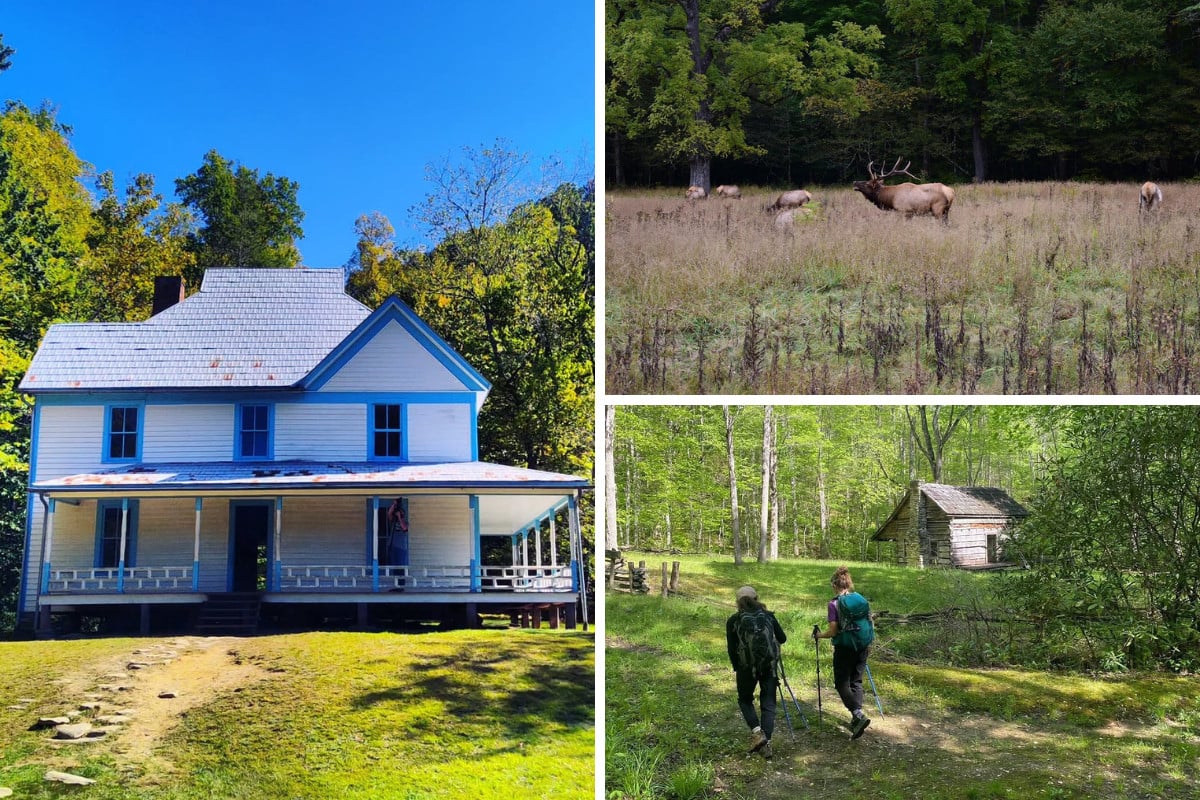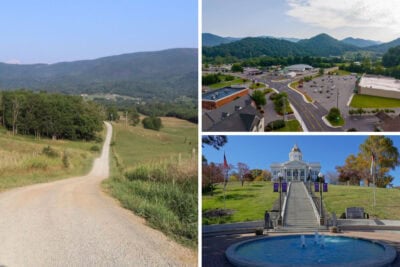Cataloochee Valley: The Smokies’ Quiet Side of Magic
Would you like to save this full guide?
Tucked deep into the folds of the Great Smoky Mountains National Park, Cataloochee Valley is the kind of place that whispers rather than shouts.
It doesn’t compete with the high-traffic favorites like Cades Cove or Kuwohi. Instead, it invites you to slow down and notice.
Here, century-old cabins stand watch over wide meadows. Elk roam freely in the early morning fog. And long-forgotten footpaths lead you into stories that have quietly endured for generations.
This is not just another stop in the Smokies.
This is a sanctuary, where the past lingers, the elk wander, and the silence says more than words ever could.
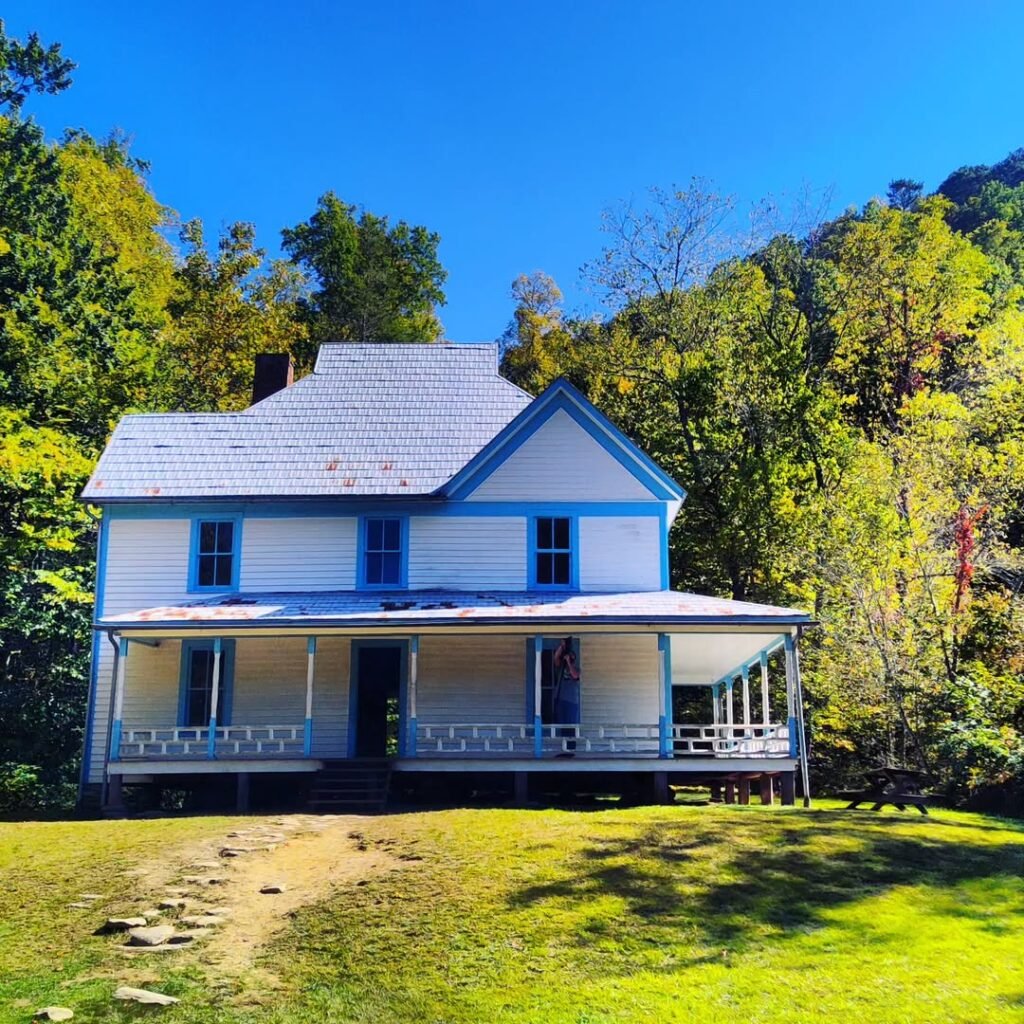
A Glimpse into the Past
In the late 1800s and early 1900s, Cataloochee was a thriving mountain community. At its peak, more than 1,200 people lived, farmed, worshipped, and raised families in this quiet cove.
When the Great Smoky Mountains National Park was established, residents were slowly forced out, and the forest claimed their homes.
Today, remnants of that community remain — not as ruins, but as carefully preserved snapshots of mountain life.
- Palmer House: Still furnished with artifacts from the original family, offering a rare, personal glimpse into early 20th-century life.
- Beeson and Caldwell homes: Simple yet elegant reminders of the valley’s resilience.
- Palmer Chapel: A white-framed church that stands in reverent silence, much like it did when families gathered there each Sunday.
- Barns, root cellars, and hand-laid stone walls: Subtle traces of lives once deeply rooted in this land.
Walking these grounds feels more like meeting the past than remembering it.
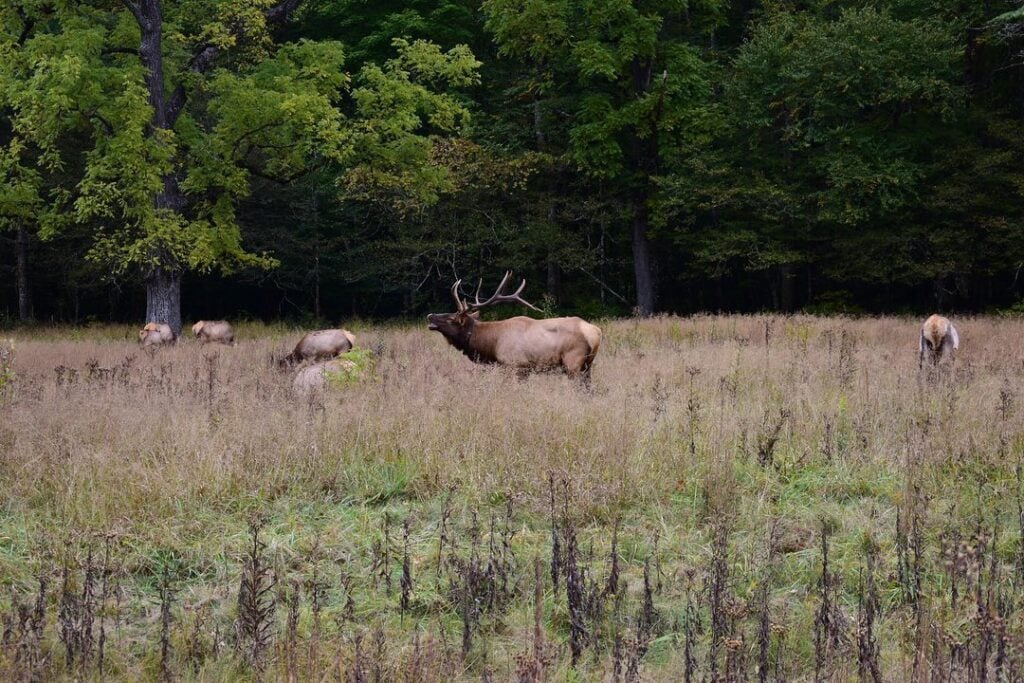
Wildlife Encounters That Stay With You
Cataloochee is the best place in the Smokies to spot elk — and not by accident.
In 2001, the National Park Service reintroduced a small herd here after elk had been absent from the region for nearly 150 years. The population has grown steadily, and today the valley is one of the most reliable spots to observe them in the wild.
Come at dawn or dusk, and you might see a bull elk bugling across the field or a group of cows grazing in the soft light.
Other wildlife also thrive in the area: black bears, wild turkeys, white-tailed deer, red foxes, and countless bird species. But it’s the elk that often leave the deepest impression.
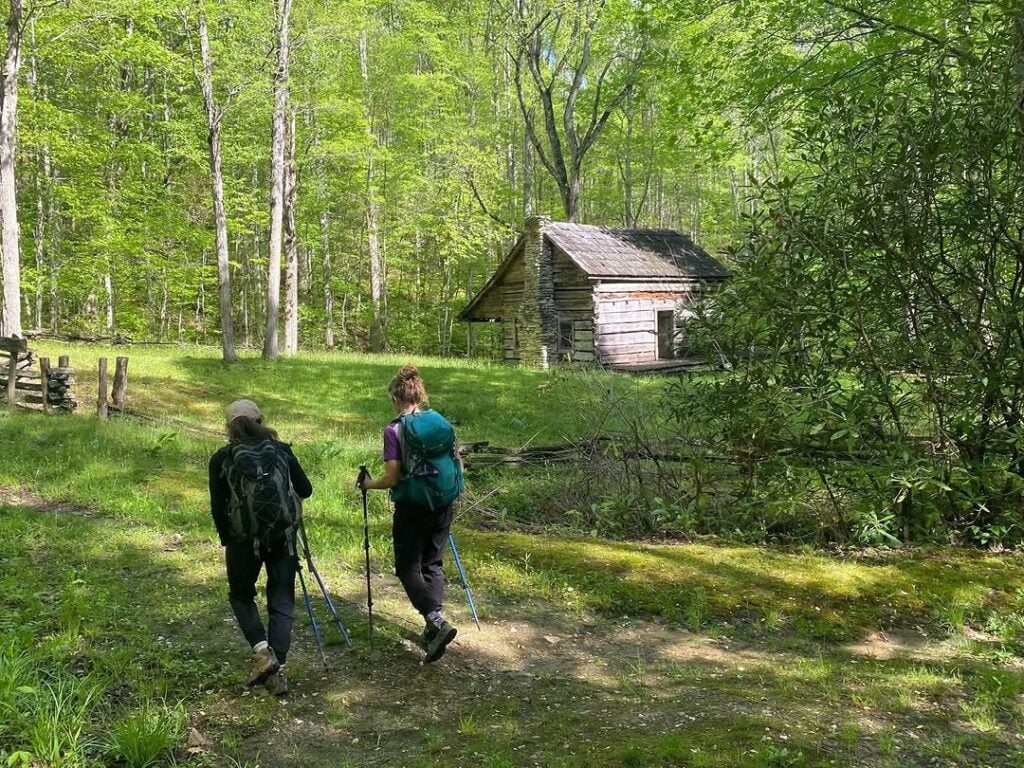
Trails with Heart and History
Cataloochee’s trails don’t just lead you through the woods. They guide you through memory.
- Boogerman Trail (7.4-mile loop): A moderately strenuous trail through old-growth forest, past moss-covered stone walls, and long-abandoned homesteads. Named for a local boy with a rebellious streak.
- Little Cataloochee Trail (6.4 miles one way): A back-in-time journey to a ghost village in the hills, complete with cabins, a church, and sweeping mountain views.
- Rough Fork Trail (2 miles one way): A gentle walk along a shaded creek bed, perfect for casual hikers or families looking to explore.
None of these trails are crowded. Most aren’t even marked on tourist brochures. And that’s part of what makes them special.
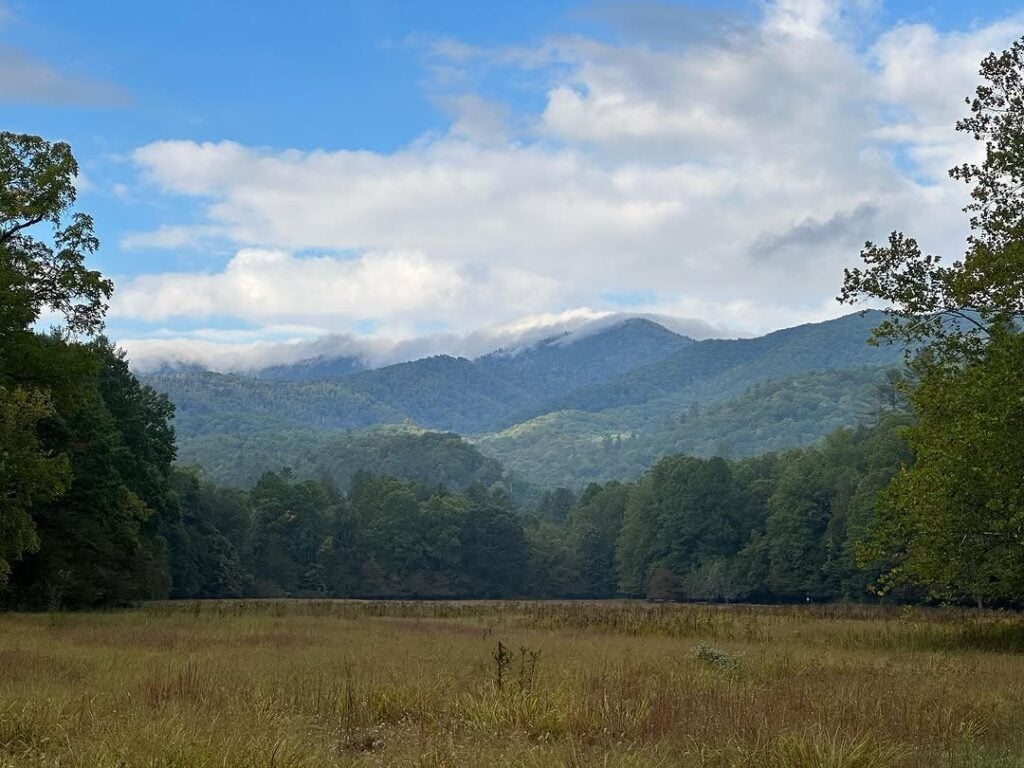
The Journey In: Slow, Scenic, and Unforgettable
To reach Cataloochee, take Exit 20 off I-40 and follow the signs through Maggie Valley. The last stretch — Cove Creek Road — is a narrow, gravel path that hugs the mountainside. It’s not difficult, but it does require patience.
What it lacks in speed, it makes up for in scenery. Around every bend, the trees open up just enough to offer a new view: a sloping pasture, a tumbling creek, or the hazy outline of a distant ridge.
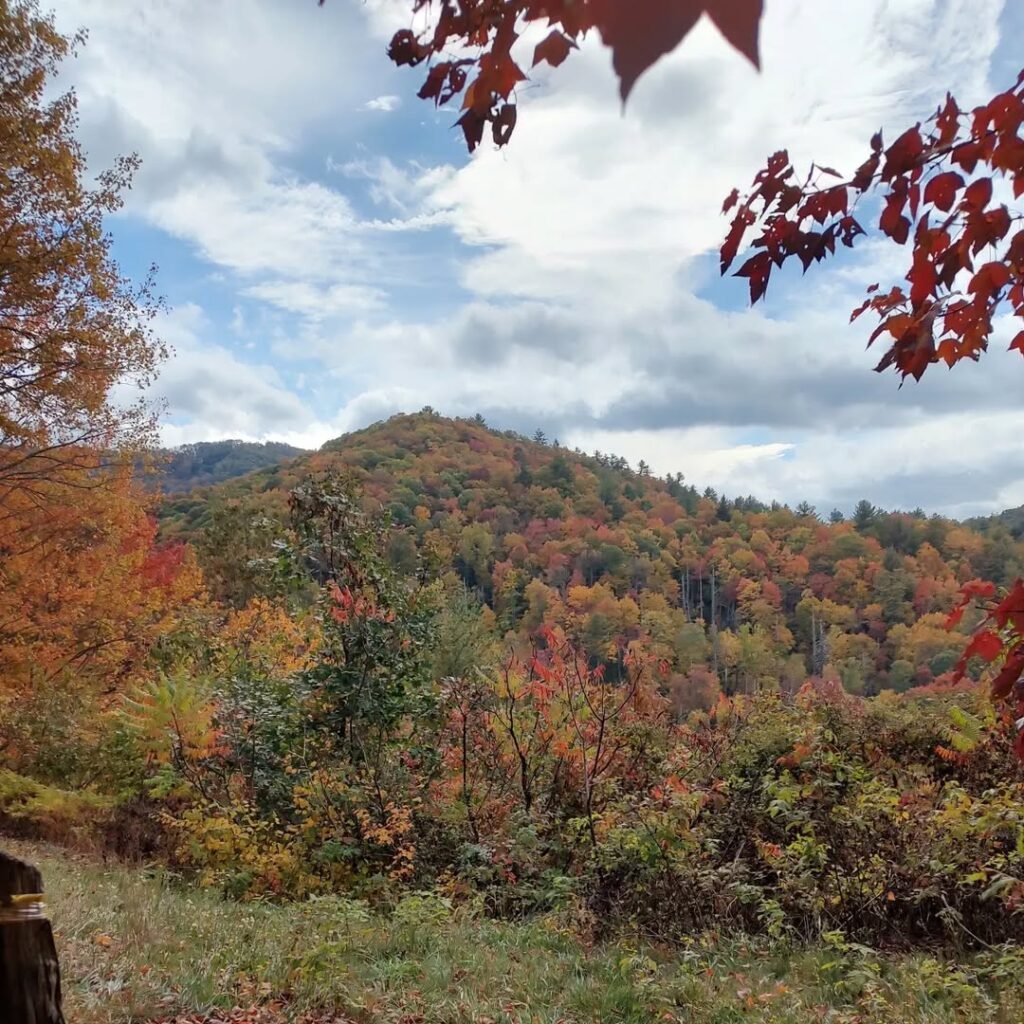
Seasonal Magic in Every Shade
Each season in Cataloochee brings something unique.
Spring welcomes wildflowers and flowing streams. The trails are soft underfoot, and the woods come alive with birdsong.
Summer is lush and green, with cooler air than lower elevations. Shade from the dense canopy offers relief on even the warmest days.
Fall is perhaps the most dramatic season, with elk rutting in the fields and leaves igniting the valley in red, orange, and gold. It’s one of the best leaf-peeping spots in the Smokies — without the crowds.
Winter brings a quiet that’s hard to find elsewhere. Snow dusts the cabins and trails, and the stillness feels almost sacred. Access may be limited due to icy roads, but if you make it in, you’ll feel like you have the entire valley to yourself.
Stargazing and Nightfall
Because of its remote location and low light pollution, Cataloochee is a rare spot in the Smokies for night sky viewing.
After the sun dips behind the ridges, stars begin to emerge — slowly at first, then by the thousands. On clear nights, the Milky Way arches overhead like a forgotten ceiling.
There are no rangers here to lead a program. No telescopes set up for tourists. Just you, the sky, and the sound of a creek rolling somewhere in the dark.
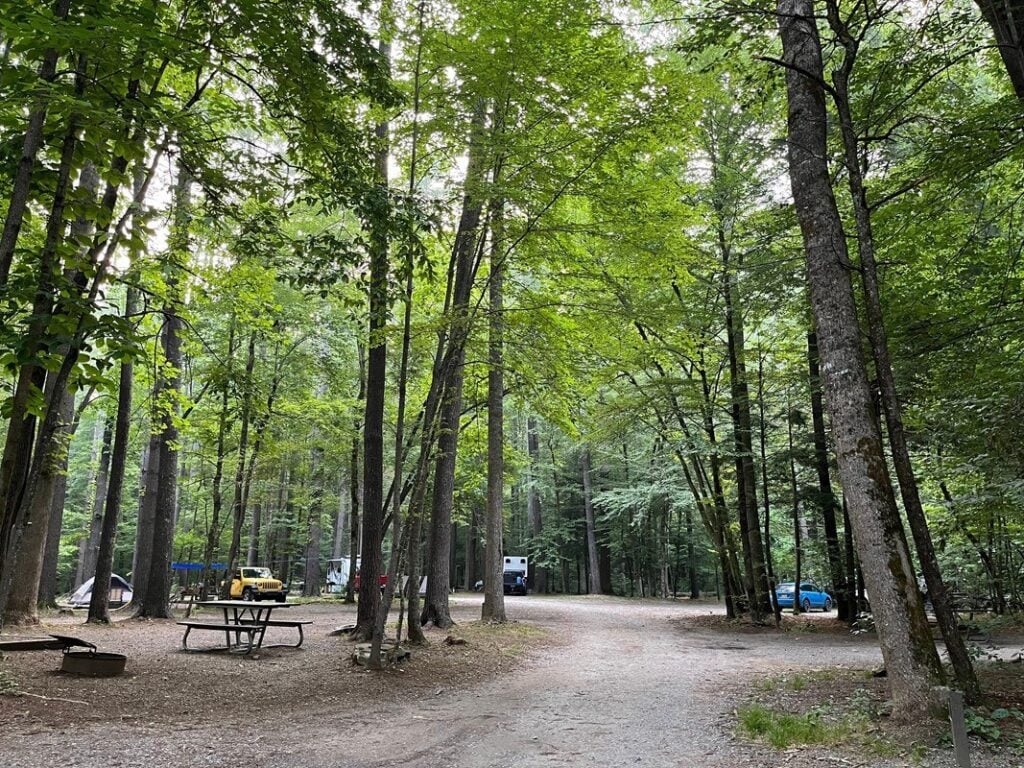
Where to Stay (and Where Not To)
There are no hotels, stores, or restaurants in the valley itself. And honestly, that’s part of the appeal.
Camping: The Cataloochee Campground is seasonal and offers primitive sites for tents and RVs. It’s quiet, tree-shaded, and often fills up during peak elk viewing in fall.
Nearby towns:
- Maggie Valley: The closest town, with a handful of cabins, inns, and restaurants.
- Waynesville and Cherokee: Both are about 45 minutes away and offer more options for dining and accommodations.
Make sure to book early if you’re planning a fall visit. Cataloochee is no longer a secret, especially among photographers and wildlife lovers.
What to Know Before You Go
- No cell service in the valley. Download maps or bring a paper one.
- No gas stations or food nearby. Fill up and pack snacks.
- Pit toilets only. No running water or modern bathrooms.
- Drive slow. Roads are narrow, often one-lane, and unpaved in places.
- Leave No Trace. It’s wild because we keep it that way.
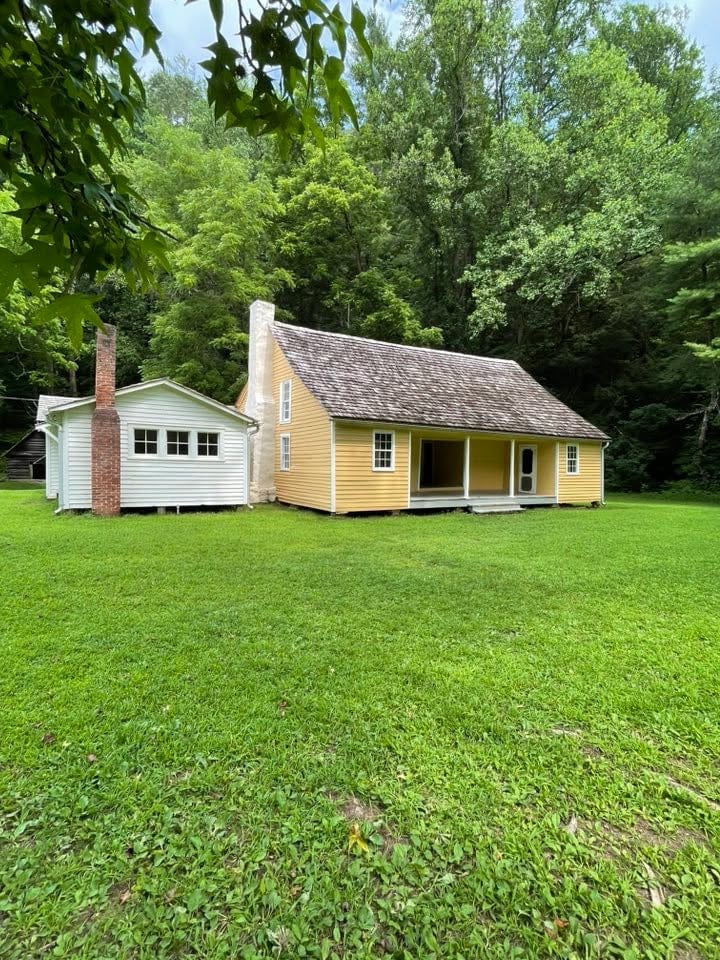
The Valley That Stays With You
Cataloochee doesn’t demand your attention. It earns it.
It doesn’t try to impress. It simply exists — untamed, unchanged, and unbothered by your schedule.
And once you’ve walked its trails, watched the elk wander through morning mist, or stood in the doorway of a long-abandoned homestead with only the wind for company, you’ll understand…
Some places don’t just feel different. They are different. Cataloochee is one of them.

